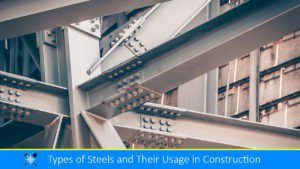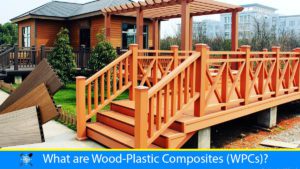The roller is construction machinery which is used to compact the soil, road surface, gravel, and sand. The compaction of soil greatly depends upon the nature or types of soil. Therefore, choosing the right type of roller for soil compaction also plays an important role. Thus, the article is about the types of rollers used for compacting the soil.
Types of Rollers
Rollers are of the following types.
- Cylindrical rollers
- Sheep’s foot rollers
- Pneumatic rollers
- Smooth wheel rollers
- Vibratory rollers
- Grid roller
Cylindrical Roller
It was one of the first types of roller known to humans before the invention of steam engines. Traditionally, this type of roller is hand-handled and driven by animals like horses, and cattle. Comparatively, it is lighter than modern rollers and is made of concrete, iron and stone.
It is about 1m in diameter and about 1.5m in length, and the soil pressure that can generate cylindrical rollers is usually about 7kg/cm2. In the present day, they are used for small works such as private projects for levelling and compacting the soil in yards.
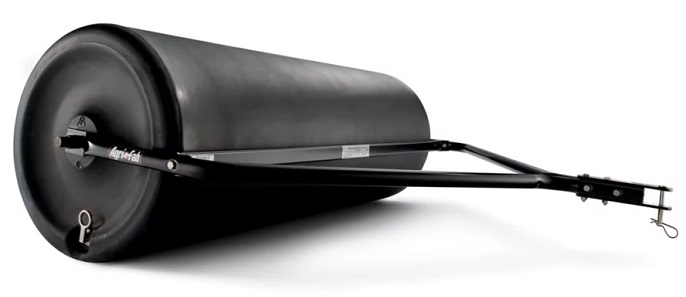
Sheep’s Foot Roller
This type of roller consists of many rectangular or round lugs or foot on the steel drum. There are different types of lugs, such as spindle-shaped with widened bases, prismatic and clubfoot. Different types of rollers are available having different diameters and widths of drums and different lengths and shapes of the lugs. The lug size slightly varies from one sheep’s foot roller to another.
They are commonly used for compacting fine-grained soils such as heavy and silty clays. They are often used for compacting soils in dams, embankments and subgrade layers in pavements, roads and railway projects.
The amount of soil compaction depends upon the following factors:
- The weight of the roller.
- The area of each lug.
- The number of lugs in contact with the ground.
- A total number of lugs per drum.

Also, read: Wet Mix Macadam: Materials | Specification | Construction Process
Smooth-Wheel Rollers
There are generally two types of smooth wheeled rollers namely single drum wheel roller and double drum wheel roller. Such types of rollers are known as static rollers. The compaction efficiency of the smooth wheeled roller depends on the weight, width and diameter of each roller. This type of roller is suitable to roll a wide range of soils, preferably granular soils and pavement materials for the various layers.
Single Drum Rollers
They have three wheels which are a combination of two rubber wheels and one drum roller. The typical arrangement of a wheel is that the drum is set in the front and the wheel is on the rare side. Such a roller is known as a three-wheeled or macadam roller. This is a common type of heavy-duty machinery. It can be easily operated in a compact space and manoeuvre in a little space. They are preferred over other types of roller for the same nature of jobs.
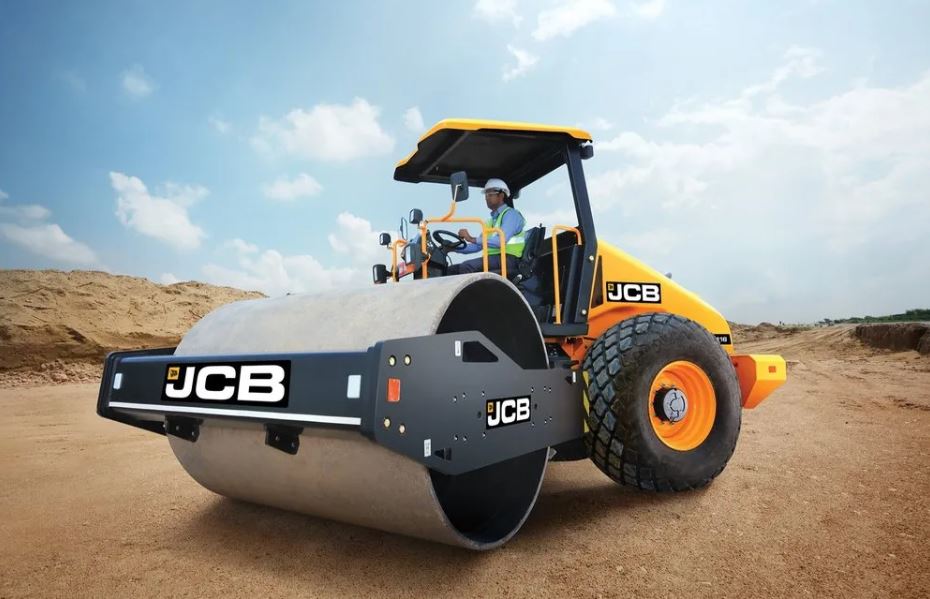
Double Drum or Tandem
The Tandem has three sets of steel drums and assemble of the drums are one in the front and two at the back. The front drum is relatively long and is smaller in diameter than that of rarer drums. The load applied to the ground by Tanden ranges from 10 to 17 tonnes.
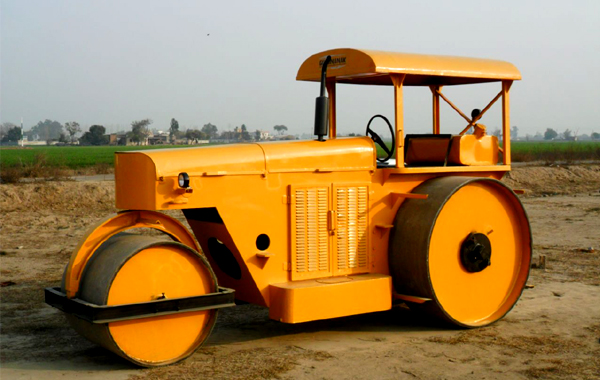
Pneumatic Rollers
The pneumatic roller also known as pneumatic tyred roller consists of a heavily-loaded wagon with several rows of closely-spaced tyres. The tier is of rubber tier instead of steel tyred or drums and features two tandem axles, with three or four tyres on the front axles and four and five tyres on the rear. Depending on the size and type, the weight can vary from 10 to 35 tonnes.
Pneumatic tire rollers can be used for both sandy soils and clayey soils. Soils are compacted with both tire pressure and kneading action. They are also used to finish embankments compacted by Sheep ’s-foot roller.
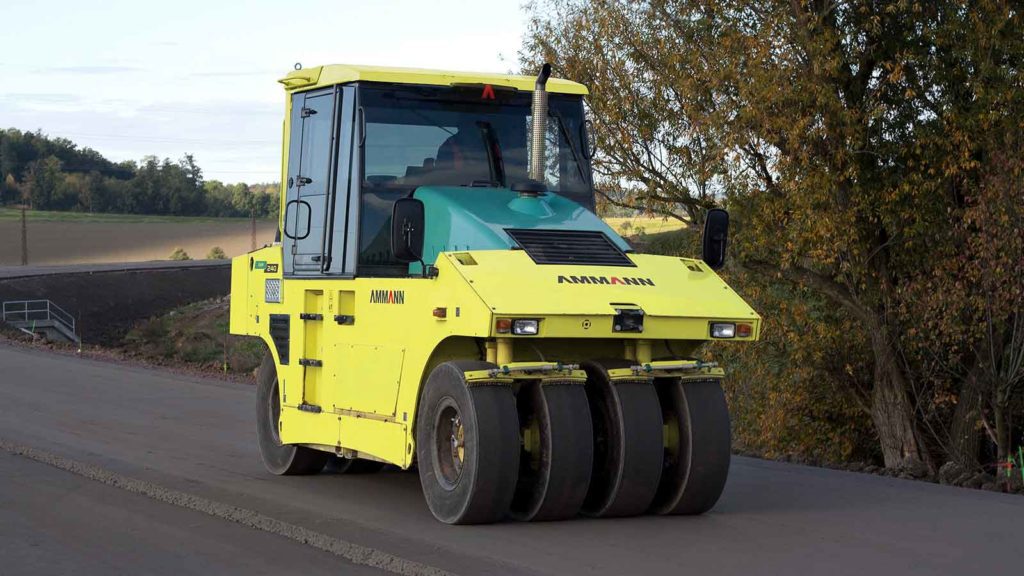
Also, read: Top 10 Road Construction Equipment
Vibratory Rollers
This type of roller is fitted with one or two smooth-surfaced steel drums. The size of the drum is 0.9-1.5 m in diameter and 1.2-1.8 m in width. The drums vibrate by the rotation of an eccentric shaft inside. They are commonly used for compacting granular base courses and sometimes for asphalt and are useful for compacting to greater depths. The vibratory rollers are especially effective in compacting cohesionless granular soils.
They have higher outputs and improved performance compared to other rollers, but also generally come at a higher cost.
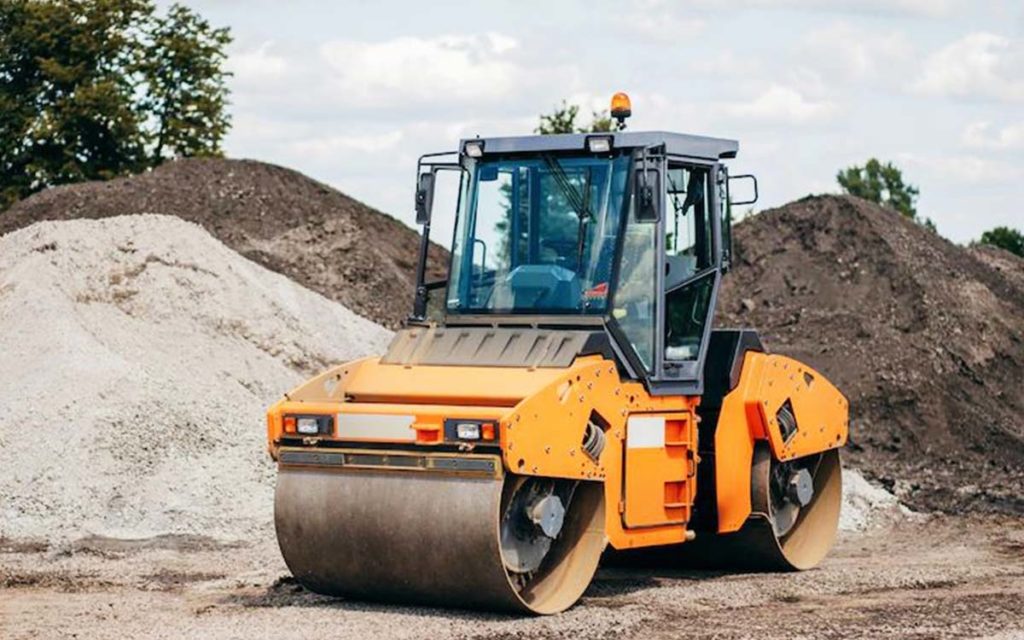
Grid rollers
Grid rollers are used for the compaction of weathered rocks, well graded coarse soils. The main use of these rollers is in subgrade and sub-base in road constructions.
As the name suggests, these rollers have a cylindrical heavy steel surface consisting of a network of steel bars forming a grid with squire holes.
Typical weights vary between 5.5 tonnes net. Grid rollers provide high contact pressure but little kneading action and are suitable for compacting most coarse-grained soils.
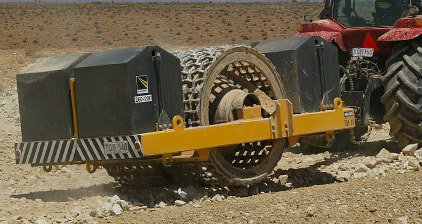
Also, read: Asphalt Paver Machine: Knowing The Importance of a Paver Machine
FAQs:
Q: Which type of roller is suitable for compacting nonplastic silts and fine sands?
Ans: Pneumatic tyred roller or simply pneumatic roller is suitable for compacting nonplastic silts and fine sands.
Q: What are the two types of Smooth Wheeled rollers?
Ans: There are two primary types of smooth-wheeled rollers used in construction: Macadam rollers and Tandem rollers.
Macadam rollers are constructed with a combination of two rubber wheels and one drum roller in their assembly. On the other hand, tandem rollers feature drums on both the front and rear, with the front drum being longer and smaller in diameter compared to the rear drum.
Q: What is the advantage of vibratory roller over other types of roller?
Ans: Vibratory rollers are advantageously used in compacting a wide range of materials. They can be used to compact dry cohesionless granular material and cohesive or fine-grained soils.
References:
- Khanna, S.K. & Justo C.E.G. (2001). Highway Engineering (8th ed.) Nem Chand & Bros., Civil Lines, Roorkee.
- Ishibashi, I., & Hazarika, H. (2010, December 14). Soil Mechanics Fundamentals (1st ed.). CRC Press.
- Zhang, R., Dai, H., & Wang, Y. (2022). Vibratory compaction response based on the contact model of roller-subgrade system. Construction and Building Materials, 351, 128798. https://doi.org/10.1016/j.conbuildmat.2022.128798
- Types of roller. (2020, September 14). Designing Buildings Wiki. https://www.designingbuildings.co.uk/wiki/Types_of_roller
- Road roller. (2022, October 2). In Wikipedia. https://en.wikipedia.org/wiki/Road_roller
![]()






